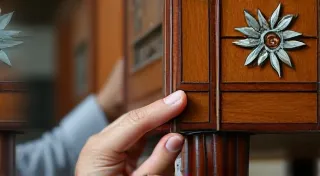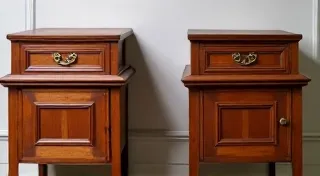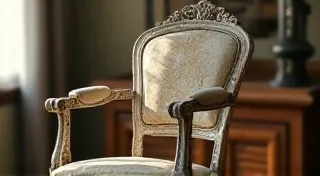Antique Furniture Conservation vs. Restoration: Understanding the Differences
The world of antique furniture is captivating. Owning a piece with history is a privilege, and preserving that history – or breathing new life into a neglected treasure – is a rewarding endeavor. However, the terms “conservation” and “restoration” are often used interchangeably, leading to confusion. While both aim to improve the condition of antique furniture, they represent distinct approaches with different philosophies. Understanding the nuances between these two methods is crucial for making informed decisions about your antique pieces. This article will clarify the differences, highlighting when each approach is most appropriate.
What is Furniture Conservation?
Furniture conservation prioritizes preserving the original materials and construction of a piece as much as possible. The primary goal is stability – preventing further deterioration and maintaining the object's integrity. Conservationists focus on minimizing intervention and respecting the object’s history, even if that history includes signs of age, wear, and previous repairs. The “less is more” philosophy is paramount. Understanding the nuances of the wood used is crucial here; it's almost like tracing the lineage of wood in antique furniture to understand its story and how to best preserve it.
This often involves techniques like surface cleaning (removing dirt and grime without aggressive chemicals), stabilizing loose joints, consolidating fragile finishes, and preventing pest infestations. Any repairs undertaken are usually reversible – meaning they can be undone without causing further damage. For instance, a crack in the veneer might be stabilized with a consolidant, but not filled and painted over.
Think of it as tending to a delicate garden: you nourish it, protect it from harm, and allow it to mature naturally, rather than drastically altering its appearance.
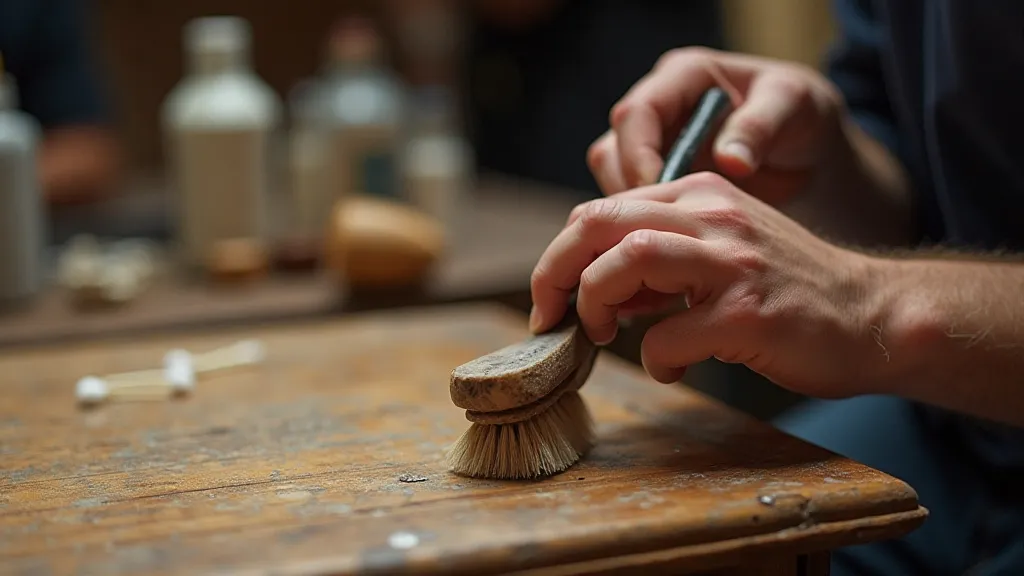
What is Furniture Restoration?
Furniture restoration aims to return an antique piece to a more usable or aesthetically pleasing condition. This often involves more substantial interventions than conservation. While respecting the history of the piece is still important, the goal is to improve its functionality and visual appeal, even if it means replacing damaged elements or recreating missing parts. Often, this means dealing with age-related issues like loose joints – and mastering repairing loose joints on antique furniture is a vital skill for any restorer.
Restoration might involve repairing broken legs, replacing missing veneer, stripping and refinishing the surface, or even re-upholstering chairs. While accuracy is vital – striving to match the original construction and materials – the aim is to present the piece in a way that is both attractive and structurally sound. The choices of waxes used here are also crucial, and choosing the right wax for antique furniture can significantly impact the final appearance and longevity of the restoration.
Restoration is akin to renovating a house: you address structural issues, update the appearance, and create a comfortable and functional living space. While preserving the house's architectural style is ideal, some modifications are necessary to modernize it.
Key Differences Summarized
Here’s a table summarizing the core distinctions:
| Feature | Furniture Conservation | Furniture Restoration |
|---|---|---|
| Primary Goal | Preservation & Stabilization | Repair & Enhancement |
| Intervention Level | Minimal | More Extensive |
| Original Material | Priority: Preserve | May be replaced or altered |
| Reversibility | Highly Desired | Less Critical |
| Appearance | Aged, Showing History | Improved, More Usable |
Which Approach Should You Choose?
The best approach depends entirely on the condition of the furniture and your objectives. Consider these factors:
- Condition: Severely damaged or structurally unsound furniture typically requires restoration. Relatively stable pieces are often best suited for conservation.
- Historical Significance: Pieces with significant historical value or provenance usually benefit from conservation to protect their authenticity. Understanding the story behind the piece, the "ghosts in the grain," can provide invaluable context for both conservation and restoration.
- Desired Outcome: Do you want the piece to look as close to its original appearance as possible, or do you prefer a more updated look?
- Budget: Conservation is generally less expensive than restoration, as it involves fewer interventions.
Furthermore, restoration isn't simply about replacing broken pieces; it's about understanding the narrative embedded within the furniture. The choices made during restoration can either amplify or diminish that narrative. Think of it as a form of archaeological storytelling - each repair, each finish, contributing to a richer understanding of the object's past.
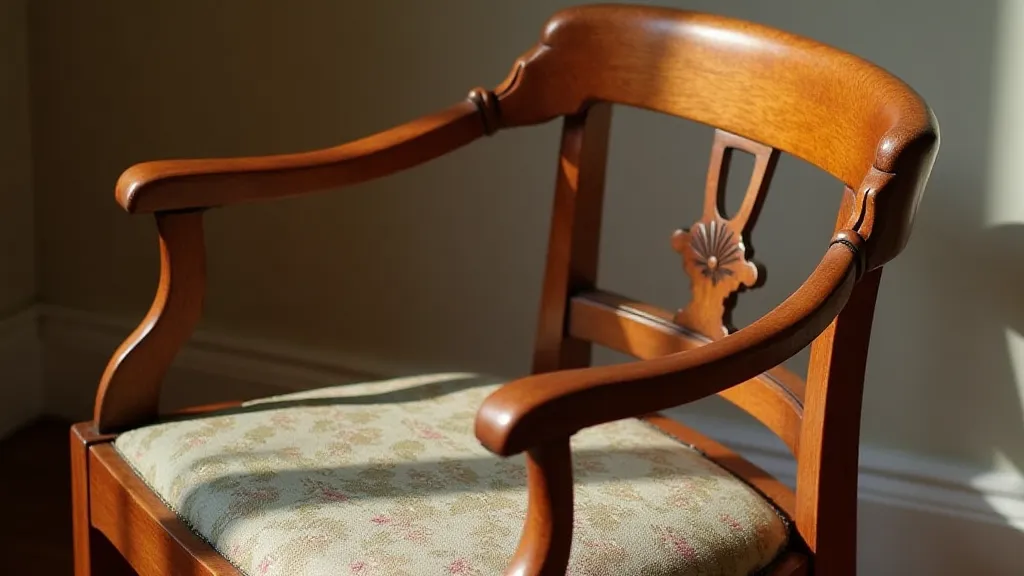
The Nuances of Material Selection
A critical aspect of both conservation and restoration lies in the selection of appropriate materials. Using incorrect adhesives, finishes, or replacement components can not only compromise the piece's structural integrity but also detract from its historical value. Conservation generally requires a focus on reversible materials – those that can be safely removed in the future without causing further harm. For example, consolidants used to stabilize fragile finishes must be carefully chosen to ensure compatibility with the original materials.
Restoration, while allowing for more extensive interventions, still requires a commitment to accuracy. Whenever possible, replacement components should be crafted from materials that are consistent with the original construction. This might involve sourcing antique timbers or recreating lost hardware using traditional techniques. Even the type of wax chosen to protect a restored surface can significantly impact its appearance and longevity. Selecting a wax that is both aesthetically pleasing and chemically compatible with the existing finish is essential for preserving the integrity of the restoration.
Ethical Considerations
The decision to conserve or restore an antique piece is not merely a technical one; it also carries ethical implications. Conservationists adhere to a strict code of ethics that prioritizes the preservation of original material and construction. They strive to minimize intervention and respect the object’s history, even if that history includes signs of age and wear. Restoration, on the other hand, offers more latitude for intervention, but it also carries the risk of altering the object's authenticity and diminishing its historical value. Both conservation and restoration should be carried out with transparency and respect for the object’s heritage. Detailed documentation of all interventions is essential for future reference and allows for a deeper understanding of the object’s history.
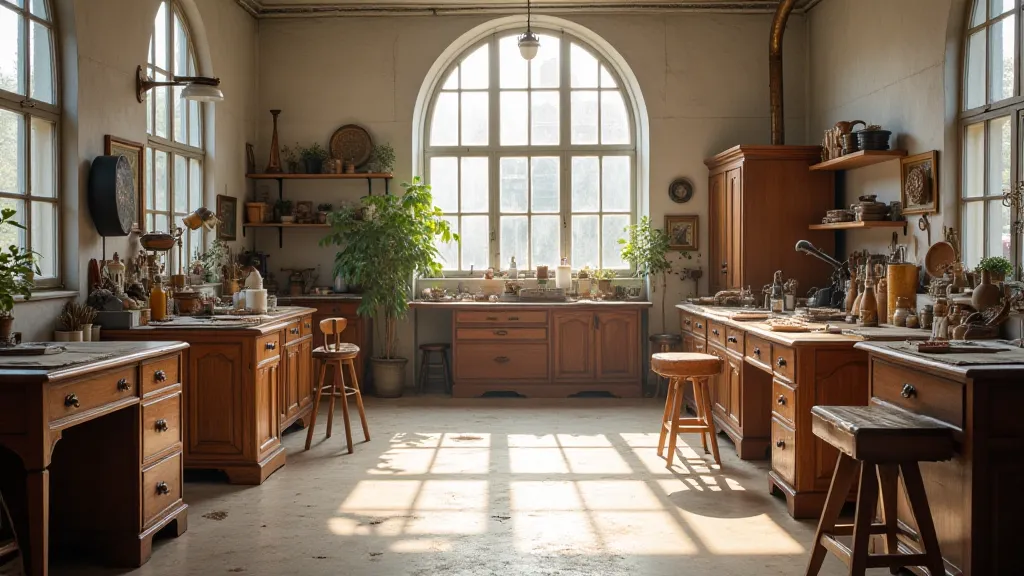
DIY Considerations & Seeking Professional Help
While both conservation and restoration can be undertaken as DIY projects, it's crucial to understand the risks involved. Conservation requires a deep understanding of materials science and preservation techniques, a knowledge often acquired through years of specialized training. Restoration can be more accessible to DIYers, but it’s essential to research proper methods and use appropriate materials to avoid causing irreversible damage. An improperly applied finish, for example, can permanently alter the appearance of a piece and make future restoration even more challenging.
If you are unsure, it's always best to consult with a professional furniture conservator or restorer. They can assess the piece and recommend the most appropriate course of action. A conservator's expertise can be invaluable in identifying underlying structural issues, selecting appropriate treatment methods, and ensuring the long-term preservation of your antique furniture.
Conclusion
Whether you choose conservation or restoration, approaching antique furniture with knowledge and respect is key. Understanding the differences between these methods allows you to make informed decisions that preserve the beauty and history of your treasured pieces for generations to come. The stories these pieces tell are precious, and careful preservation ensures they continue to resonate with future audiences.

